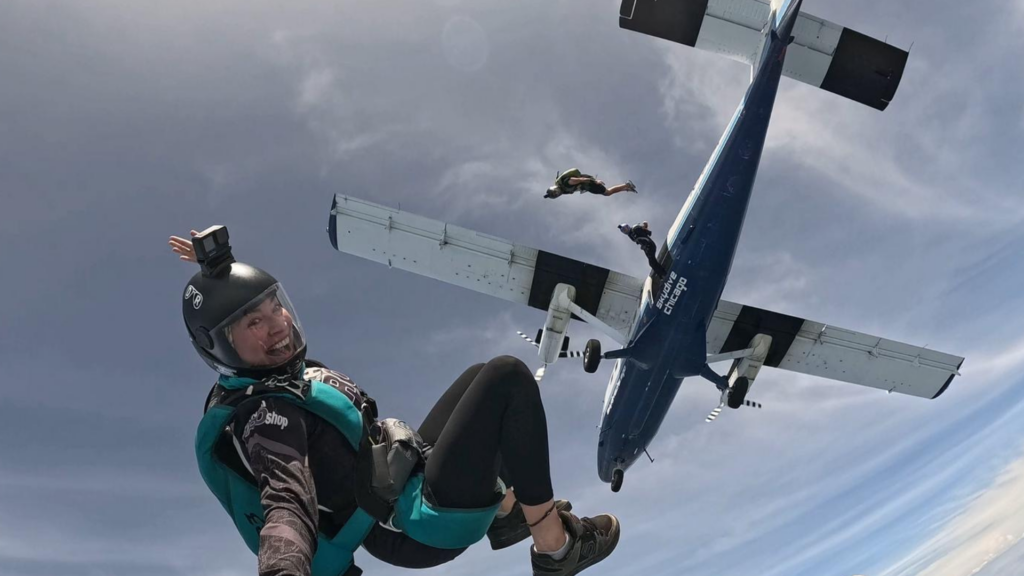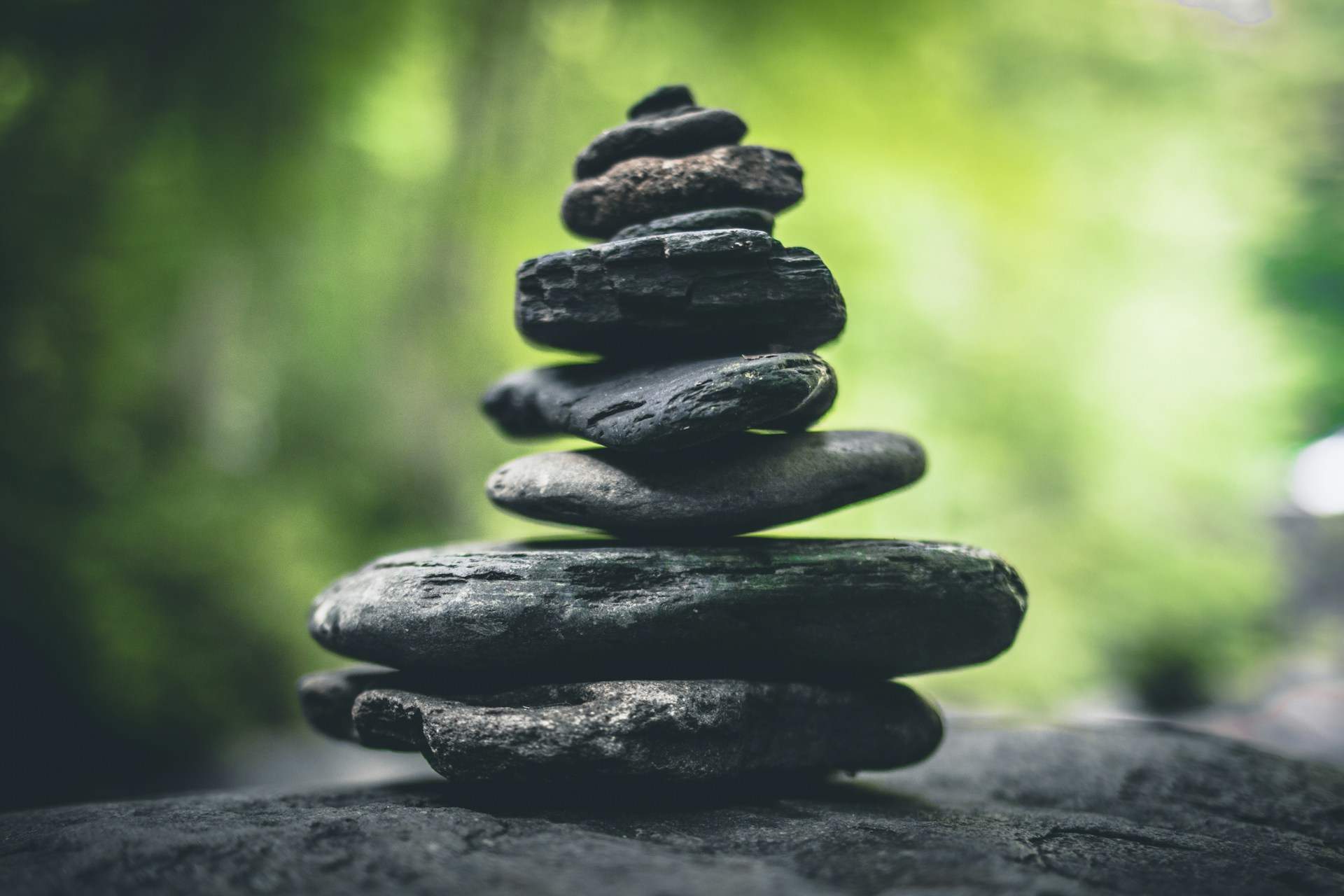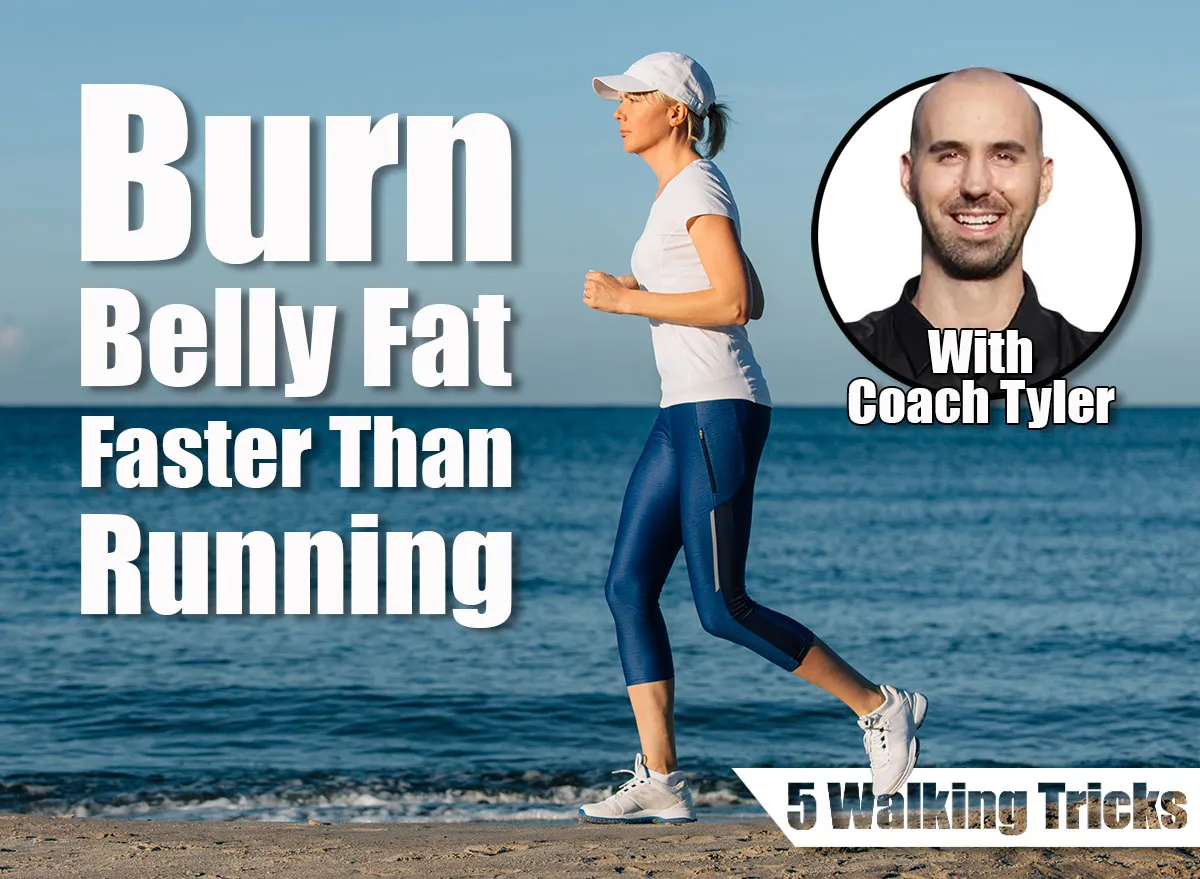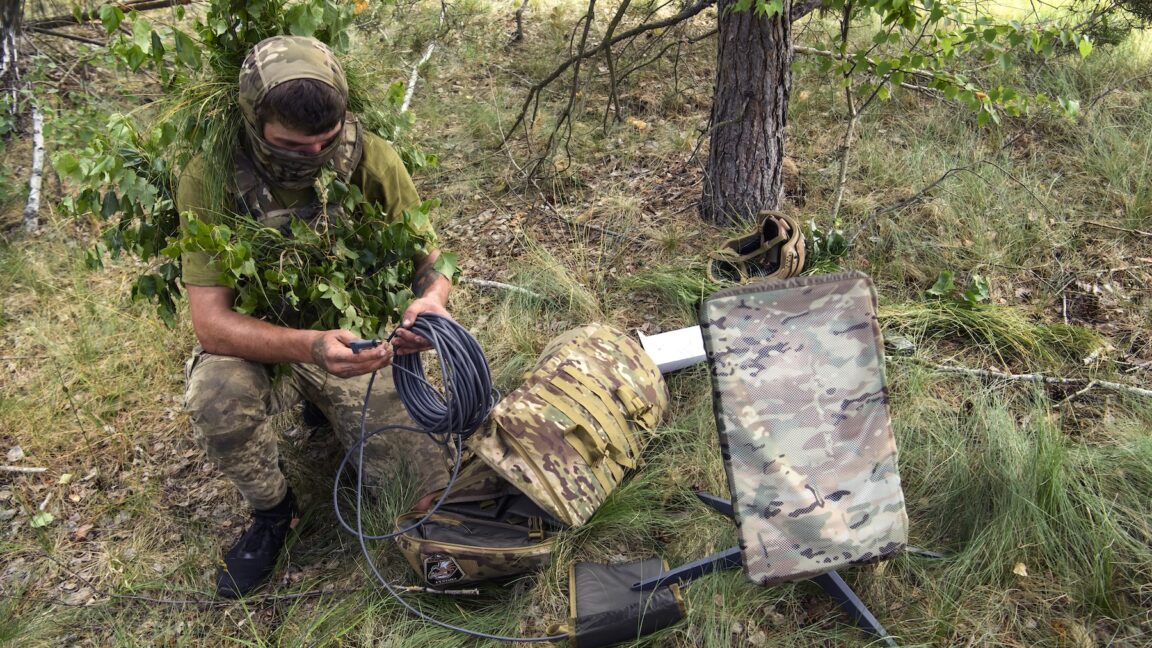“], “filter”: { “nextExceptions”: “img, blockquote, div”, “nextContainsExceptions”: “img, blockquote, a.btn, a.o-button”} }”>
Heading out the door? Read this article on the new Outside+ app available now on iOS devices for members!
>”,”name”:”in-content-cta”,”type”:”link”}}”>Download the app.
Shortly after yoga teacher Lisa Bermudez turned 30, a lot of people began telling her, “It’s all downhill from here.” As she recalls, “I was like, what?! No!” So when some friends decided to get a group together to try skydiving shortly after her birthday, she was all in.
When it came time to actually jump, though, she experienced an unexpected challenge—she forgot to breathe. “That was something that was funny for me at the very beginning, because I was a yoga instructor and I was not breathing,” says Bermudez. “But it’s one thing to be able to do it on our yoga mat, it’s another when you’re falling through the air.”
Despite that challenge, she was hooked. As she continued with skydiving training, Bermudez began to apply what she had learned from yoga about remaining the observer of her thoughts and her body to each step when panic threatened to overtake presence. That enabled her to keep calm and reframe the situation as something she was willingly doing.
“It’s pretty cool how these practices from yoga help me tap into knowing, ‘It’s my body’s natural instinct not to jump out of a plane and I’m sitting with that,” says Bermudez. “The ability to focus on the breath, sit with certain emotions, and get to know them and not just think, ‘I’m scared,’ and let that overwhelm you.”
Not surprisingly, the physical practice of yoga supported her skydiving as well. “Yoga definitely gave me the ability for my body to respond better in the sky and also when landing the canopy,” she explains. “It’s kept my body aligned and strong while also giving me the tools to face fear, focus, and breathe while in intense situations.”
Inspired by her experience, Bermudez recently launched a YouTube series through YogaRenew geared toward skydivers and other extreme athletes. Through these classes, she explains how to work with, not against, intense emotions by channeling your fear response into extreme focus. Perhaps unsurprisingly, her advice translates just as well to challenging situations on the ground as it does to stepping off a plane.
Bermudez remains an avid skydiver and continues to discover ways yoga helps her prepare for and sustain her hobby.
How to Stay “Grounded” During Skydiving
When you hold your breath or, conversely, quicken your breathing due to fear, the body’s physiological response is to amplify tension—both muscular and mental. Bermudez finds that drawing awareness to the breath and slowing it keeps the fear response in check enough so you can overcome it. That, in turn, helps you remain clear-headed so you can not only follow necessary instructions but process the incredible adventure you’re experiencing.
Following is Bermudez’s advice on how to help yourself navigate skydiving—beginning when you’re still on the ground.
On the Ground
When you’re fearful, it’s the physical body’s response to take a breath in and hold it or, conversely, to quicken your breathing rate. And it’s not uncommon for that to happen while you’re putting on gear before getting in the plane. Slowing the breath and establishing a steady breath rhythm short-circuits the fight-or-flight response, a fact supported by multiple research studies. It also makes it easier to sustain that same breath pattern when you’re in the air.
What to do: Don’t wait until you’re in the air to focus on your breath. Lengthen your exhalations while you’re doing ground prep.
In the Plane
“On the plane ride up, it can get a little harder to breathe. The air is thinner. Also, fear and excitement come in,” says Bermudez. And, of course, it’s your body’s natural instinct to not jump out of a plane, she says. Slow and intentional breaths can help you remain calm and present as you sit with your emotions.
What to do: “Just focus on the breath by watching the inhale or feeling the temperature of the air on the inhalation and exhalation. That actually helps you remember to breathe,” says Bermudez.

Stepping Out of the Plane
Bermudez notes there are two big moments when adrenaline spikes. The first, not surprisingly, is when you step out of the plane. “You don’t get that dropping feeling, but you anticipate it,” she explains. “This is when the adrenaline is strongest.”
What to do: Breathe in while you’re on the plane. Breathe out as you step off.
Opening the Canopy
Your adrenaline spikes again when you open the canopy, says Bermudez. She explains that throughout the skydive, if you find yourself thinking a lot, you’re probably not in the experience of a flow state. Refocusing on your breath can help.
What to do: Try to sustain the same breath rhythm you established on the ground. This can help quiet your racing thoughts and create space for you to be in the experience.
Landing
Because such a high-adrenaline experience can be overwhelming, it can help to do some grounding exercises as soon as possible after landing, explains Bermudez. This subtle body work can help bring you back to full-body awareness.
What to do: Place your hands on your body and watch them move as you breathe in and out, Bermudez suggests.
Essential Yoga For Skydivers
On a physical level, each body experiences skydiving differently, says Bermudez. Although it demands the most work from the shoulders, back, and hip flexors. These help you carry the gear, load it into the plane, work with the wind in freefall, deploy the canopy in the proper body position, withstand the opening shock of the canopy, maintain a safe body position, fly the canopy, land safely, and pack up the gear, she explains.
“Yoga definitely gave me the ability for my body to respond better in the sky and also when landing the canopy,” says Bermudez. The following poses target these muscle groups. They also afford you a chance to practice slowing the breath and training your focus on the subtle shift in your body with each inhalation and exhalation. Consider it all part of training for your jump.

Lizard Pose
This low lunge variation is practiced with the back knee down and the front foot outside of the hand. This shape stretches the hip flexors and builds stability in the shoulders—two things that support holding the shape skydivers experience after stepping out of the plane.
How to:
1. Start in Downward Dog. Step or inch your right foot forward and to the outside of your right hand. If your foot doesn’t make it all the way to the front of the mat, use your hands to help it along the way.
2. Lower your back knee to the mat and untuck your toes. Your right shoulder should be inside your front leg. Stay on your palms or come down to your forearms in Lizard Pose. If you feel like your front heel is lifting off the ground, try stepping your foot a little more forward or wider. You can also try bringing your foot onto a block turned on the lowest level.
3. Reach your chest forward and let your hips move in front of your back knee as opposed to staying stacked above it. Breathe here for 3-5 long, slow breaths. Repeat on the left side.

Bridge Pose (Setu Bandha Sarvangasana)
Regularly practicing this pose can help improve core stability, stretch the chest muscles and shoulders, and strengthen the back and legs. Each of these are essential for skydivers because the weight of the gear can cause stress on the back body.
How to:
1. Come onto your back with the soles of your feet on the mat. Make sure your feet and legs are about hips-width apart and your toes are facing forward.
2. Lift your hips and reach your hands toward your heels. If you feel like your knees are closer to you than your feet, move your feet closer to you. If you feel like your knees are moving way in front of your toes, move your feet away from you.
3. Try to use the strength of your upper back to lift your chest higher. Stay here for 3-5 breaths and then lower down. Repeat 1-2 more times.

Boat Pose (Navasana)
It isn’t exactly fun to hold this pose! But whenever a yoga pose feels out of your comfort zone, it helps you challenge yourself to find your focus and concentration—just like skydiving.
How to:
- From a seated position, step your feet in front of you and bring your hands beneath your thighs.
- Lift your feet in line with your knees and either stay here or straighten your legs in front of you in Boat Pose.
- As you inhale, lengthen your spine. As you exhale, bring your shoulder blades toward one another. Hold here for 3 more cycles of breath (or longer).











Leave a Reply